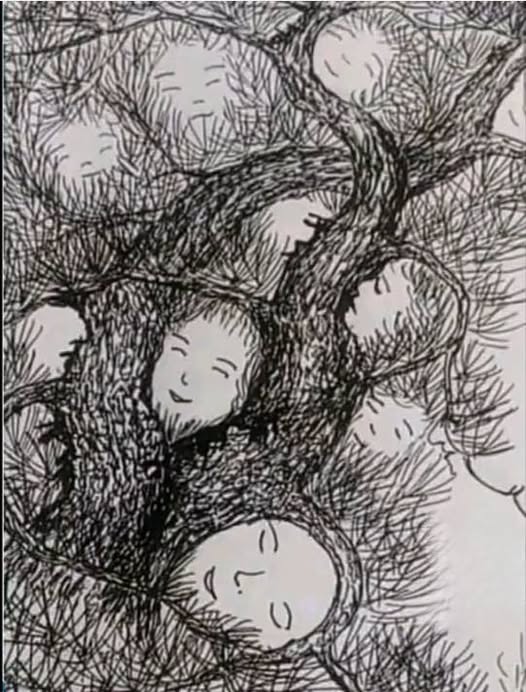How many faces can you find? Only 1% can find all
Hidden Faces in the Forest: Discovering the Magic of Nature’s Optical Illusion
The Enigmatic Allure of Tree‑Face Illusions
Have you ever glanced at a cluster of branches and suddenly “seen” a face peering back at you? That captivating moment when your brain spikes with recognition is the essence of a tree‑face optical illusion. In the artwork above, a tangle of twigs, leaves, and textured bark masks a series of serene human profiles, each hiding in plain sight. This interplay of positive and negative space thrills our primal instinct to detect faces—a survival skill turned playful puzzle. Let’s explore how these illusions work, why our minds fall for them, and how you can train yourself to spot hidden figures in everyday scenes.
The Science Behind Pareidolia and Face Detection
At the heart of every tree‑face illusion lies pareidolia, the psychological phenomenon where random patterns trigger familiar images in our brains. Evolutionarily, quickly recognizing a face in shadows could mean the difference between safety and danger. Over millennia, our visual cortex has fine‑tuned its “face detector”—a network so eager to find eyes, noses, and mouths that it often sees them where none exist. In the image above, the artist leverages this instinct by sketching textured cross‑hatching and strategically placing circular clearings as cheeks and brows, fooling our neural circuits into perceiving multiple calm faces among the foliage.

Breaking Down the Hidden Profiles in the Branches
Take a systematic look at the drawing: you’ll find at least six distinct profiles if you know where to search. Here’s how to uncover them:
Centerpiece Face: Nestled in the darkest knot of the trunk, a gently smiling face emerges—its closed eyes formed by a pair of leafless branch forks.
Upper Right Profile: Tilt your gaze slightly and spot a serene countenance outlined by lighter cross‑hatched branches, the forehead tracing the curve of a slender twig.
Lower Left Visage: A softer, more dream‑like face appears in a paler circle of empty space, its chin dipping toward the forest floor.
Mid‑Branch Watchers: Three smaller, ghostly profiles peek from behind finer twigs above and to the left, each differentiated by subtle shifts in shading.
By mentally labeling each region and scanning for symmetric curves, you ensure you won’t miss even the subtlest hidden friend.
.
.
.
.
.
.
.
.
Answer:



